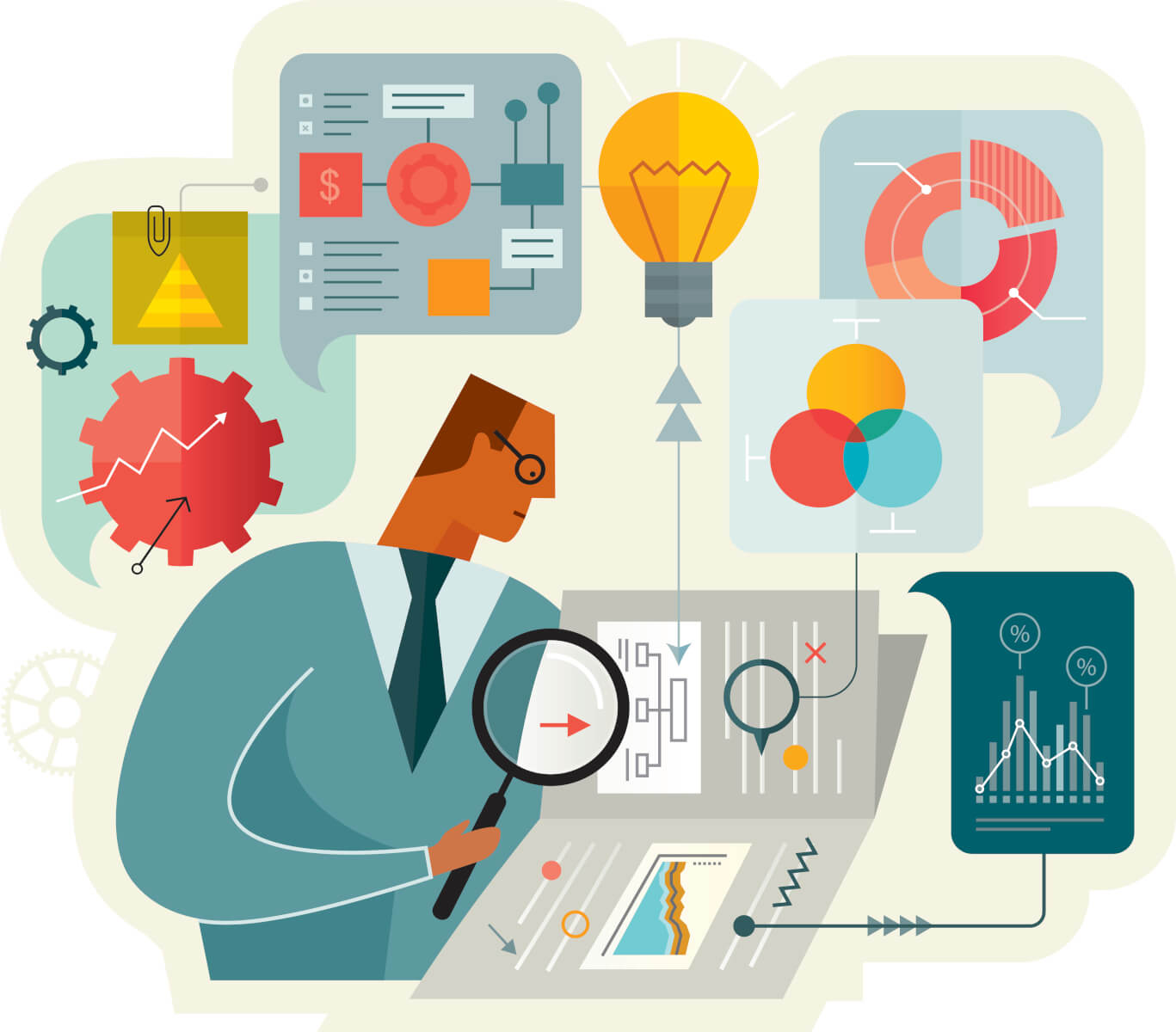The Rise of Data Analytics Part II: Benefits and Obstacles
November 14, 2018 | Authored by Steven D. Szymanski, CPA

November 14, 2018 – Implementing data analytics in a business can add value to a wide variety of processes, including both internal and external goals. In the first blog of this series, we defined some of the basics of analytics and the types we might use in a business context. With that foundation, we can start to explore some of the ways a business might use those types of analytics for meeting real-world challenges.
Before we begin we would like to help define the difference between structured and unstructured data. Structured Data exists in an understandable and organized format (e.g., customer and transactional data). Structured data is what we all think of when utilizing analytics. Unstructured data has no predefined organization format. This is normally free-form or open text fields. Email, for example, is indexed by date, time, sender, recipient and subject, but the body of the email is an unstructured open-text field. This poses as the first major obstacle as unstructured data is about 80% of the data available and on its own is virtually unusable. An analyst must prepare and transform the unstructured data, which on its own can be very time consuming, into a structured format by identifying only the most relevant sources keeping in mind the desired end result.
For a printable copy of this article, please click here.
A huge benefit from data analytics is the business efficiencies gained once the process has been defined and able to be automated. Some of the most common uses of data analytics are:
- Analyzing Trends
- Compliance monitoring
- Detecting fraud
- Evaluating business/operation performance
- Data visualization
- Predictive analytics
- Modeling
Below we’ll reference a couple examples and cover a few of the above mentioned uses.
- Compliance
- Evaluate expense reports and purchase card usage for all transactions
- Perform vendor audits by utilizing line-item billing data to identify anomalies and trends to investigate
- Assess regulatory requirements (receiving an alert when certain words are used in an expense report)
- Identify poor data quality and integrity around various data systems that are key drivers to (non)compliance risks
- Fraud Detection and Investigation
- Identify ghost employees, potential false vendors, and related parties or employee-vendor relationships
- Highlight data anomalies that pose the greatest financial and/or reputational risk to the organization (Stay tuned for the Blog on Benford’s Law)
- Investigate symptoms of an asset misappropriation scheme to answer the “who, what, where, when” questions
- Operational Performance
- Isolate key metrics around spend analysis (e.g., payment timing, forgone early-payment discounts, and payment efficiency).
- Perform duplicate payment analysis and recovery
- Perform revenue assurance/cost leakage analysis
- Perform slow-moving inventory analysis
- Identify key performance and key risk indicators across industries and business lines
- Internal Controls
- Perform segregation of duties analysis
- Perform user access analysis
- Assess control performance
- Identify potential outliers that would indicate control failures or weaknesses
For example, if you have identified an area that is a potential risk for fraud you may be able to run a report coupled with an autonomous analytic that will be able to identify anomalies timely. This is where taking advantage of the data available can help avoid and/or detect a potential fraud. See our firm’s previous Blog post referring to the average cost of a fraud across all company sizes.
As with any new strategic plan you’ll have to continue to reexamine the goal and how your team is working towards it. In our next blog post, we’ll look to cover one of the largest obstacles yet. Stay tuned!
>> Read our full series of Data Analytics Blog Posts.
For more information, please contact Mark Stamer at mstamer@dopkins.com or Steven Szymanski at sszymanski@dopkins.com.

About the Author
Mark B. Stamer CPA
As a member of the Assurance Services Department, Mark primarily focuses on consulting services provide to a variety of the firm’s closely-held businesses. Mark helps streamline processes and provide management with financial information by researching, analyzing, and preparing financial statements. As a member of the Firm’s Forensic Accounting Group, he routinely assists in forensic accounting matters, litigation support services, and fraud prevention techniques.

About the Author
Steven D. Szymanski, CPA
Steven is a member of the Assurance Services Department, and provides clients with financial information by researching and analyzing accounts and preparing financial statements. He began his career with Dopkins System Consultants, where he offered clients a range of IT assurance and consulting services.

